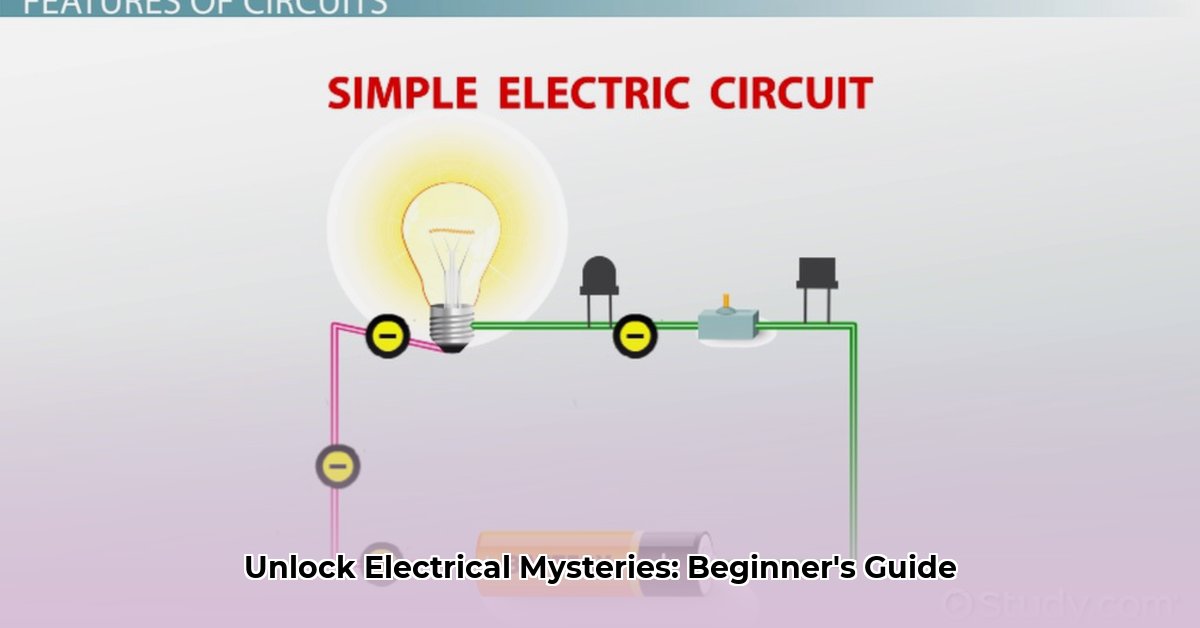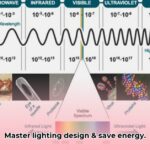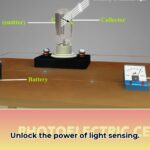Demystifying Electrical Theory
This guide provides a robust foundation in electrical theory, exploring core concepts such as voltage, current, resistance, and circuit configurations, along with practical applications, troubleshooting techniques, and safety considerations. Understanding these principles empowers you to not only comprehend the electrical systems around you but also to safely address minor electrical issues in your home. Learn more about efficient home lighting here.
Voltage, Current, and Resistance: The Trifecta of Electrical Theory
Voltage (V): The driving force behind electrical current, voltage represents the electrical potential difference between two points in a circuit. Measured in volts, it’s analogous to water pressure in a pipe system. Higher voltage signifies a stronger push, propelling electrons with greater force. For instance, a standard US wall outlet supplies 120V, considerably higher than the 1.5V of a typical AA battery, reflecting its greater capacity to power appliances.
Current (I): The flow of electric charge (electrons) through a conductor, current is measured in amperes (amps or A). It’s akin to the flow rate of water in a pipe. Higher current indicates a greater volume of electrons moving through the circuit. An electric stove, for example, draws a much higher current than a small LED light, reflecting its greater energy demand.
Resistance (R): The inherent property of materials to oppose the flow of current, resistance is measured in ohms (Ω). Think of it as friction within a pipe restricting water flow. Higher resistance impedes current flow, requiring higher voltage to maintain the same current level. The filament of an incandescent light bulb, for example, exhibits high resistance, generating heat and light as current passes through it.
These three fundamental concepts are intertwined by Ohm’s Law, a cornerstone of electrical theory.
Ohm’s Law: The Cornerstone of Circuit Analysis
Ohm’s Law succinctly expresses the relationship between voltage, current, and resistance: V = I x R. This foundational equation enables calculation of any one of these parameters given the other two. Consider a flashlight powered by a 3-volt battery and a bulb with 1.5 ohms of resistance: the current flowing through the circuit is I = V/R = 3V / 1.5Ω = 2 amps. Ohm’s Law underpins almost every electrical calculation, making its mastery paramount.
Series and Parallel Circuits: Architectures of Electrical Flow
Series Circuit: Components are connected end-to-end, forming a single unbroken pathway for current. If one component fails, the entire circuit is interrupted. Traditional Christmas lights exemplify this configuration – a single burned-out bulb breaks the circuit, extinguishing the entire string. Series circuits are often used in simple applications where the same current needs to pass through all components.
Parallel Circuit: Components are connected across separate branches, providing multiple pathways for current flow. If one component fails, the others remain operational. This is the standard wiring method in households – one burned-out light doesn’t affect others. Parallel circuits are essential for distributing power efficiently and ensuring the independent operation of various devices. This is why you can run your microwave and your air conditioner simultaneously without issue.
Understanding these circuit types is fundamental for troubleshooting, designing, and safely interacting with electrical systems.
Advanced Circuit Analysis: Unveiling Complexities
This section delves into more sophisticated concepts essential for analyzing complex circuit behavior. These principles are instrumental in understanding how electricians diagnose intricate wiring problems and engineers design robust electrical systems.
Kirchhoff’s Laws: Navigating Circuit Labyrinths
Kirchhoff’s Current Law (KCL): A manifestation of the principle of conservation of charge, KCL states that the total current entering a junction (a point where wires connect) equals the total current leaving that junction. Imagine a fork in a river – the combined flow of water into the fork must equal the total flow out.
Kirchhoff’s Voltage Law (KVL): KVL states that the algebraic sum of all voltage drops around any closed loop in a circuit is zero. This principle is essential for understanding how voltage is distributed within complex circuits and is crucial for circuit analysis. Imagine taking a hike on a loop trail—you ascend and descend, but ultimately return to the same elevation.
Direct Current (DC) vs. Alternating Current (AC): Two Modes of Electrical Flow
DC (Direct Current): Characterized by a unidirectional flow of electrons, DC is typically provided by batteries or DC power supplies. Most portable electronic devices, like mobile phones and laptops, operate on DC. The consistent polarity of DC makes it suitable for powering electronic components with specific voltage requirements.
AC (Alternating Current): In AC systems, the direction of current flow periodically reverses, oscillating back and forth. This is the type of power delivered to homes and businesses via the electrical grid. AC’s ability to be efficiently transformed to higher or lower voltages makes it ideal for long-distance power transmission. Interestingly, most electronic devices internally convert AC back to DC for use in their internal circuitry.
Understanding the distinction between AC and DC is crucial for selecting appropriate power sources, designing circuits, and ensuring safe operation of electrical systems.
Bridging Theory and Practice: Real-World Applications and Safety
This section connects theoretical concepts to practical scenarios, highlighting real-world applications and common electrical problems. A grasp of these fundamentals can enhance safety awareness and even equip you to prevent electrical hazards in your home.
Practical Applications in Home Electronics
Series and parallel circuits are ubiquitous in home electronics, often employed in various combinations to achieve specific functionalities. A simple flashlight utilizes a series circuit, while household wiring relies on parallel circuits for safety and independent operation of appliances. More complex devices, such as televisions and computers, incorporate both series and parallel circuits internally. For instance, a television might use a series circuit for its power supply and parallel circuits for its various internal components like the display and audio system.
Troubleshooting Common Household Electrical Issues
Basic electrical theory can empower you to diagnose and address common household electrical problems. Recognizing the symptoms of overloaded circuits (frequently tripped breakers, dimming lights), faulty wiring (burning smells, flickering lights), and improper grounding (tingling sensations when touching appliances) is the first line of defense against electrical fires and shocks. While understanding these principles can assist in identifying potential issues, it’s crucial to remember that complex problems always demand the expertise of a qualified electrician.
Prioritizing Electrical Safety: A Non-Negotiable Imperative
Safety should always be paramount when working with electricity. Never attempt to work on electrical systems without proper training and understanding of safety protocols. Always de-energize circuits before working on them, use insulated tools, and never touch live wires. Regularly inspect electrical cords and appliances for damage and replace them as needed. Install Ground Fault Circuit Interrupters (GFCIs) in bathrooms and kitchens to protect against electrical shocks. By prioritizing safety, you can minimize risks and ensure the safe and reliable operation of electrical systems in your home.
- Unlocking Romans 13: A Practical Guide to Faith and Authority - June 15, 2025
- Revolutionize Ancient Preservation with Typical Ancient:A Detailed Review - June 15, 2025
- 185 lbs to kg: Precise Conversion Guide - June 15, 2025
















